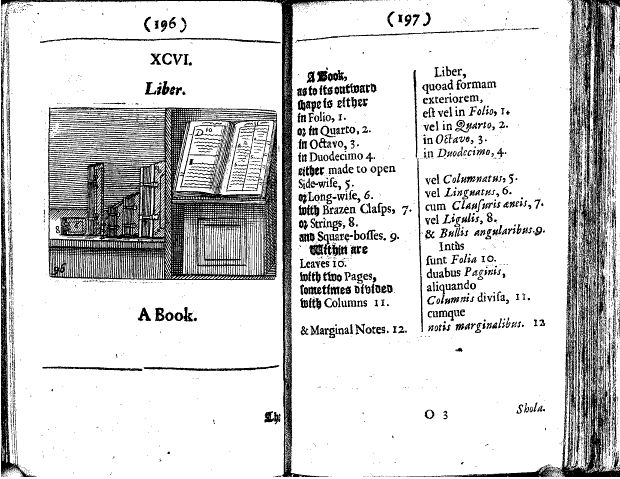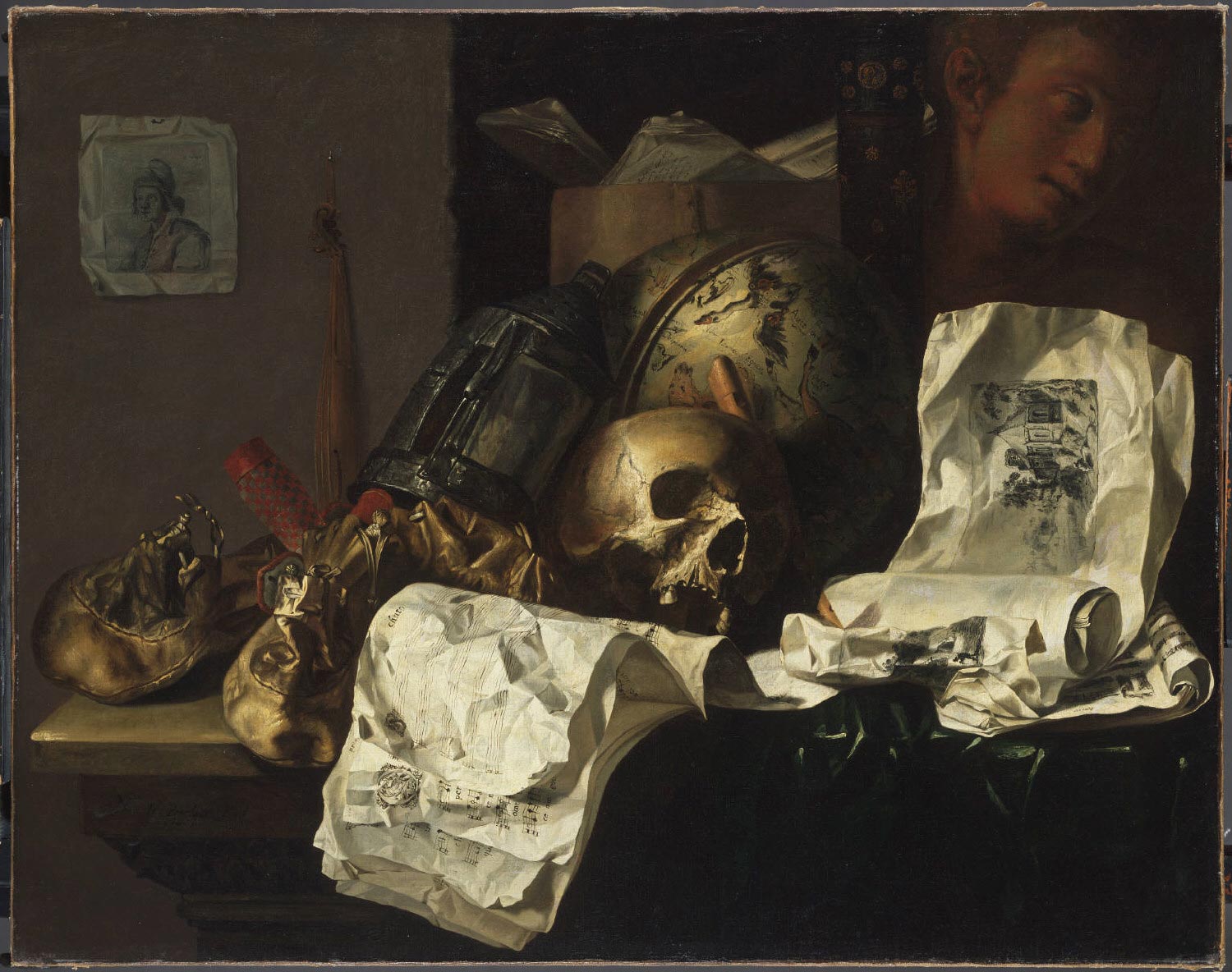The following was originally written as part of a brainstorming session for an article I coauthored with Matthew Harrison for an edited collection on Shakespearean “users” — of academic and nonacademic varieties. Our final product drifted from the texts below in its final analysis, but the claims and insights with which we began were nevertheless informative. I’ve reproduced this opening salvo because I like it and want to keep it around.
Jorge Luis Borges’s 1983 short story “Shakespeare’s Memory” – Borges’s final short story, as it happens – is the narrative of a German literature professor named Hermann Sörgel who, during a conference in London, comes into possession of the memory of William Shakespeare. It is passed along to him by another academic, who received it from a dying man while he worked as a physician in a field hospital during World War I.
Borges’s narrator asks for clarification, and the man, a South African named Daniel Thorpe, responds: “What I possess … are still two memories—my own personal memory and the memory of that Shakespeare that I partially am. Or rather, two memories possess me. There is a place where they merge, somehow” (Collected Fictions, Kindle edition). Of course, the boon is accepted.
Despite his unusual situation, Thorpe is not a particularly distinguished scholar – in fact, he admits his gift has produced work that garnered only mediocre reception – and Sörgel finds “that his opinions were as academic and conventional as my own.” Yet sure enough, as time passes, Sörgel discovers himself muttering bits of unknown Chaucer, pronouncing familiar words in an unfamiliar cadence, and dreaming of the faces of men he half-remembers as Chapman, Jonson, and a nameless neighbor, “a person who does not figure in the biographies but whom Shakespeare often saw.”
Sörgel’s situation is in some sense a literary critic’s dream. He has achieved ultimate access to the “real” Shakespeare, a kind of “first-person” Shakespeare that creeps on slowly but is nevertheless felt as immediate, effacing the normal reconstructive and mediating practices of reading, archival research, and scholarly speculation (cf Bolter and Grusin). Eventually, he tells the reader, “the dead man’s memory had come to animate me fully,” and he describes his pleasure at the various small details of Shakespeare’s work he came to understand.
Of course, things soon enough take a turn for the unpleasant. Sörgel contemplates writing a biography of Shakespeare with his knowledge, but realizes that having Shakespeare’s memory does not make him any better of an (auto)biographer, and he is ill-suited for the task. He also, it seems, becomes desensitized to the banality afforded by the memory, and eventually decides that a biography would be pointless: “Chance, or fate, dealt Shakespeare those trivial terrible things that all men know; it was his gift to be able to transmute them into fables, into characters that were much more alive than the gray man who dreamed them, into verses which will never be abandoned, into verbal music.”
It might be our first instinct to read this admission as an expression of Borges’s own formalism or aestheticism, to allow our memories of Borges’s views on art to explain their peculiar turn of the narrative to us: biographical context falls short of the pure power of poesy’s “verbal music.” Shakespeare, a “gray man,” knew the universals of human experience and was able to write them into fables more interesting than life itself. And surely such a reading is warranted, but there may be something else at work if we consider the other point at which Sörgel’s gift proves a curse.
In time, Sörgel begins to forget who and where and when he is: “I noted with some nervousness that I was gradually forgetting the language of my parents. Since personal identity is based on memory, I feared for my sanity.” Indeed, his memory is not separate from Shakespeare’s, but the two intermingle, leading to increasing moments of confusion and panic: “One morning I became lost in a welter of great shapes forged in iron, wood, and glass. Shrieks and deafening noises assailed and confused me. It took me some time (it seemed an infinity) to recognize the engines and cars of the Bremen railway station.”
Shakespeare becomes corrosive, eating away at Sörgel’s sense of self, and in the process not only is Sörgel almost lost, but so is his appreciation of Shakespeare. The curse is only lifted when Sörgel, dialing random numbers on the telephone, passes the memory on to a stranger who accepts the boon, as he had done before. But Sörgel discovers that he is not wholly cured. He leaves the study of Shakespeare for first Blake and then the study of Bach, but in a short postscript dated 1924, he adds that “at dawn I sometimes know that the person dreaming is that other man. Every so often in the evening I am unsettled by small, fleeting memories that are perhaps authentic.”
Like the haunted videotape in the horror film The Ring, Shakespeare’s memory is viral: infective, parasitical, and only relieving the sufferer when they pass it along to another host. Of course, the terror of Borges’s story is more subdued than that of a horror film, more philosophically and existentially oriented, but I think it might do us well to consider what the story illuminates apart from the obvious reading of Borges’s own avowed aesthetic theories.
Bruno Latour, in his critique of what he calls “the Modern Constitution,” remarks that the “moderns have a peculiar propensity for understanding time that passes as if it really were abolishing the past behind it” – he calls this “calendar time,” which “situate[s] events with respect to a regulated series of dates” (We Have Never Been Modern 68). Latour’s moderns think “they have definitively broken with their past,” but this experience of temporality ignores the way “the past remains, and even returns” (Latour 69). This is what Linda Charnes has called “the non-linear ‘events’ of affective time,” which are “events which seek, and sometimes find, their representational truth only in the non-narrativity of bodies” (“We Were Never Early Modern,” in Hamlet’s Heirs, Kindle edition). Charnes argues that the corpus of Shakespeare – textual primarily, but also the imagined body of the Bard himself – provides one arena that Western culture makes into such a site of “significant intensity,” letting us “attempt to locate ourselves as historical subjects” inhabiting a world marked by the passage of “meaningful time.”
For Latour, the return of the past is viewed by the moderns as an incomprehensible terror of “archaism,” a backsliding that, though it reverses time’s arrow, works to maintain the idea that temporality is purely linear (69). This terror is precisely what the postmodernist Borges’s story figures: by effacing the differences between past and present, Sörgel’s assumption of Shakespeare’s memory threatens both his and Shakespeare’s historically embedded subjectivities, abolishing totally the passage of “meaningful time” in favor of a “significant intensity” of pure existential panic.
Such a line of thought abuts Jameson’s critique of postmodernism’s tendency toward pastiche, or the historicist point of view that we can only really make sense of the past when we remember it is the past and hold it at arm’s length. But again, the problem for Borges’s narrator is not so much that he fails to historicize, but that the historicist impulse fails him: tapping into the unmediated past destroys the structures of meaning and feeling that allow the others around him, without such access, to produce meaningful experiences out of the past and out of literature.
What Borges’s story helps reveal, then, is that all literary scholarship is in some way founded upon what my friend Matthew Harrison has called affective anachronism, an impulse to “feel backward” (to adapt Heather Love’s term from another context). Borges does not simply say that an immediate knowledge or experience of historical context robs literature of its power, but rather that it produces a distinctly different – and, as Thorpe’s and Sörgel’s situations as perpetually mediocre scholars show, not necessarily academically fecund – pleasure in the text. It is in fact the process of feeling backward itself that constitutes viable scholarship.
The academy, it turns out, is less interested in the immediate knowledge that Shakespeare more often thought of the “moon” as “Diana” than one might at first think; in other words, the uses Shakespeare affords scholars are in fact quite distinct from what actually accessing the “real” Shakespeare might mean. Immediately “knowing” the past robs it of its generative power as a site of both narrative and affective production.
Borges’s story suggests that finding oneself in Shakespeare (or Shakespeare in oneself) is profoundly numbing, but does this mean that an academic approach to Shakespeare is a sort of narcissism, one where we’d rather not find Shakespeare, but only our own ideas? Or turning (forgive me) to Lacan, if our work as scholars is inherently narcissistic, is it defensible to say that academic Shakespeare is a kind of méconnaissance that simultaneously constitutes an image of him and yet fails to capture what we feel must be the “real thing,” a trompe-l’œil where something escapes, and that something is what makes Shax meaningful? There’s an ambivalence here, in which we want Shakespeare to bolster our ego (provide us with our examples, illustrations, proof) while also resisting us (because such resistance affords the sense that our work emerges from a set of differential matrices that gave it singularity and significance).







